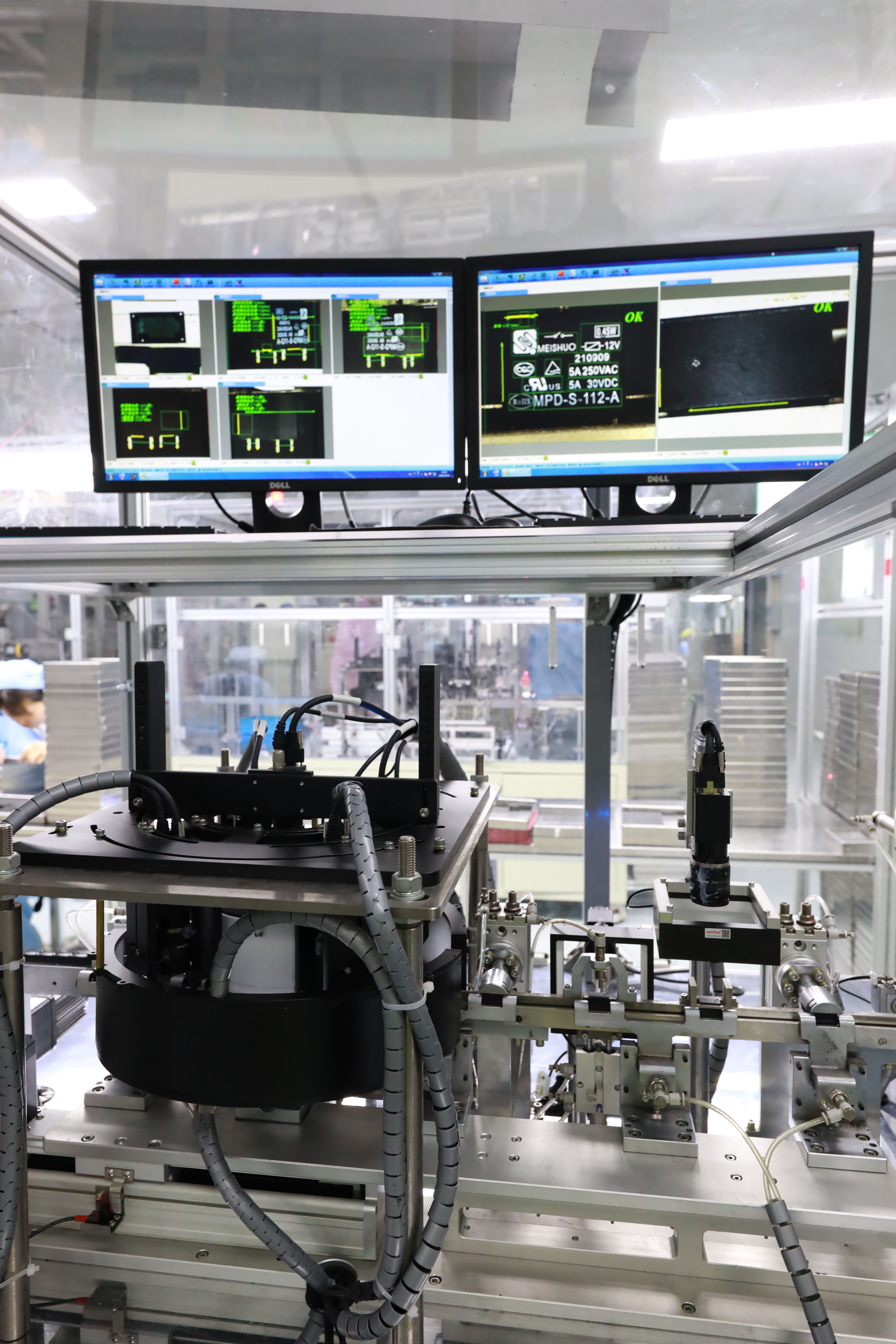relay production technology: innovations and advancements in manufacturing
Release time:2025-04-22 12:24:21
Relay production technology plays a pivotal role in the modern electronics and electrical industries. Relays are essential components used for switching circuits, enabling automation in various applications, including automotive systems, home appliances, industrial machinery, and telecommunication systems. The manufacturing of relays involves sophisticated technologies and processes that ensure reliability, durability, and performance. In this article, we will explore the key aspects of relay production technology, including its process, innovations, and future trends.

The Basics of Relay Production
A relay is an electromechanical device that allows one circuit to control the operation of another circuit. It consists of a coil, a set of contacts, and a mechanical armature. When current flows through the coil, it generates a magnetic field that moves the armature, thereby opening or closing the contacts. The ability to control high-power circuits with low-power signals makes relays indispensable in automation and control systems.
The production of relays begins with the creation of these key components. The coil is typically made from copper wire that is wound around a core, while the contacts are often constructed from metals such as silver or gold, chosen for their conductivity and durability. The armature and other mechanical components are crafted from materials like steel or aluminum, which provide the necessary strength and flexibility.


